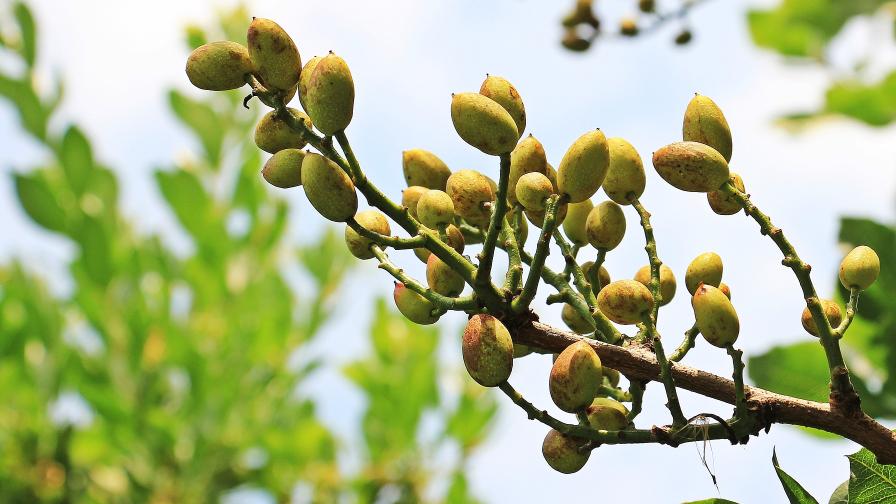We’re Just Scratching The Surface Of Rootstock Research

Christina Herrick
The Future. It seems to be a phrase kicked around a lot these days, especially when it comes to tree fruit production. Most time and energy in research is spent with an eye to the future and how it will impact your orchard two, five, ten, or more years down the road.
As I began to work on this month’s cover story, I talked to Gennaro Fazio. He’s a plant breeder and research geneticist with the USDA-ARS Plant Genetic Resources Unit in Geneva, NY. Fazio is well aware of the future, because he’s constantly working on the research that will directly impact your future orchards.
Over the course of his research he’s learned that the rootstock influences the susceptibility of the scion to diseases. Growers are becoming accustomed to rootstocks that offer fire blight and replant disease resistance, but that just scratches the surface of what Fazio is interested in. He’s looking at making rootstocks a part of modern precision agriculture.
“One of the traits that might have greater impact overall is the ability of certain rootstocks to provide different advantages — like more efficient nutrient absorption to the scion,” he says.
For growers who struggle with bitter pit in ‘Honeycrisp,’ choosing a future rootstock that can help with the absorption of calcium could be a game changer.
That’s not all Fazio is looking at. He’s also focusing on other nutrients such as potassium and boron and how the rootstocks absorb and translocate those nutrients.
What Fazio is envisioning for the orchard of the future is something customizable to your soil and the specific needs of the scion.
“If you can imagine, some nutrients are like vitamins for plants, where they are co-factors in disease resistance and in the development of chlorophyll, or the transport of some complex molecules. They can have a fairly drastic effect (on the tree), depending on the lack of (nutrients) or if the plants have enough of the nutrient,” he says.
He’s also looking at how the uptake of water is affected by rootstocks. He says in collaborating with USDA-ARS in Kearneysville, WV, they’ve discovered a genetic variation for rootstock-based water use efficiency. With water becoming a scarcer commodity, Fazio says this research is very promising. He hopes his research will also help modern orchards use resources in a more efficient manner.
“We’ve had droughts in a few places in our country. Water is a resource that is somewhat abundant on the East coast but in other places it’s a rare commodity,” he says. “I think (this) has great potential to reduce our environmental footprint while producing apples.”
Growers have a tendency to focus on what’s going on above the ground when it comes to variety choices, but as these new rootstocks come down the pike, it’s time to consider what’s going on below the soil and how it will help you better manage your resources.
This is the orchard of the future.










